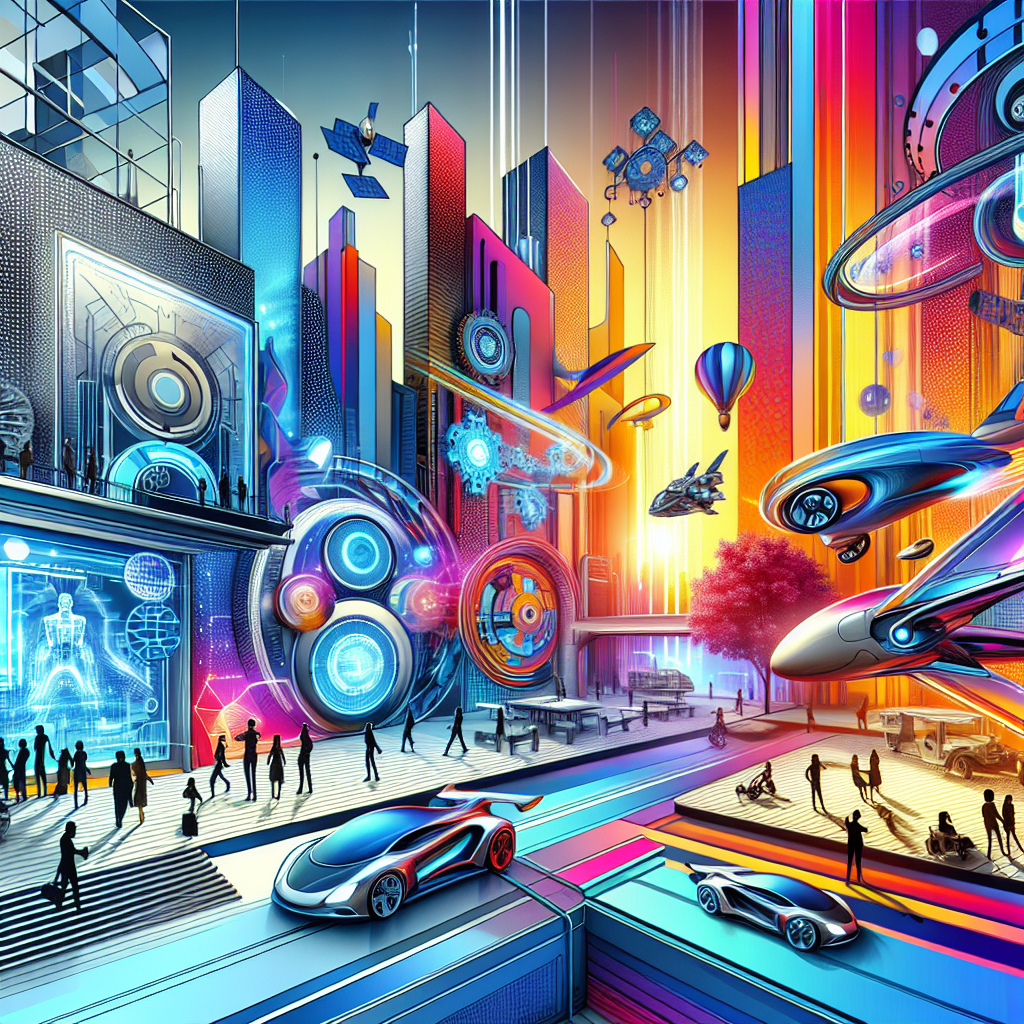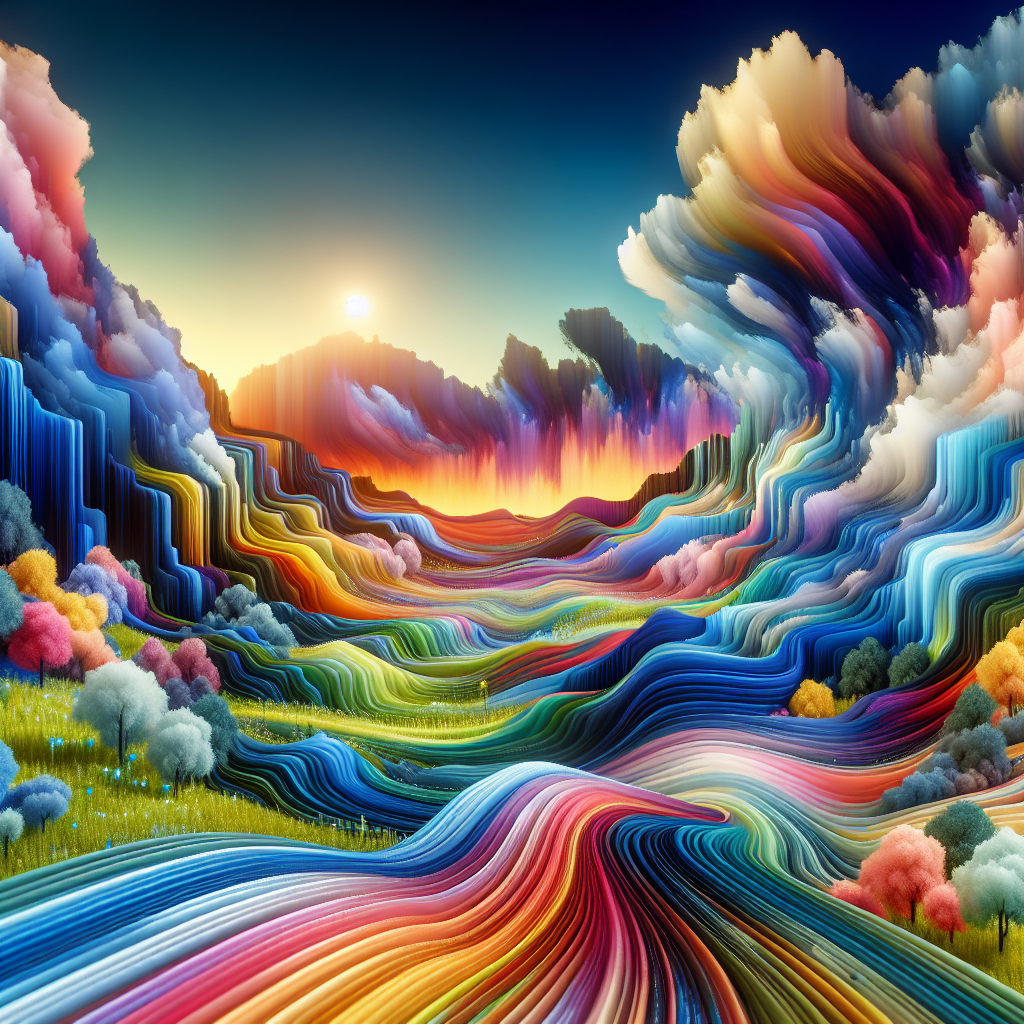The Dawn of Sora: The AI Revolutionizing Video Generation
In the whirlwind world of technological evolution, where artificial intelligence (AI) shapes the unimaginable into tangible reality, we stand on the brink of a video revolution so groundbreaking it's set to redefine the fabric of digital storytelling. February 15, 2024, marked a pivotal moment in this saga, as OpenAI unfurled Sora, its latest marvel, into the wild—a text-to-video model engineered to morph words into visual spectacles. Buckle up, folks! We're about to dive deep into the realm where Sora isn't just a leap; it's a quantum vault over anything we've seen in AI-driven video creation.
A Gargantuan Leap for AI-kind
Remember the monumental jump from Mid Journey's version 3 to version 4, where the leap in AI image generation catapulted us from digitally sketched fantasies to near-tangible realities? Well, imagine that seismic shift reincarnated, this time in the domain of video generation. Enter Sora: a phoenix rising from the ashes of predecessors, promising not mere seconds but full 60-second cinematic masterpieces replete with detailed scenes, complex camera movements, and characters brimming with life and emotions.
Sora's unveiling wasn't just another product announcement; it was a clarion call to creators, tech enthusiasts, and dreamers, heralding a new era where the boundary between AI-generated content and human-crafted artistry blurs into oblivion. The examples trotted out by OpenAI on their Twitter showcase weren't just videos; they were windows into a future awash with limitless creative potential.
The Beatification of Pixels: Sora in the Spotlight
There's something almost Biblical about the way Sora breathes life into pixels, transforming static textual descriptions into dynamic visual narratives. Whether it's woolly mammoths trudging through icy landscapes, a spaceman's interstellar escapades, or the ethereal beauty of a coral reef rendered in papercraft artistry, Sora doesn't just generate videos—it conjures worlds.
The official OpenAI announcement threw open the gates to this magic kingdom, inviting us to marvel at the intricacies of AI-driven creativity. From photorealistic depictions of nature's magnificence to the whimsical charm of animated characters, Sora is less about generating video and more about painting dreams with a digital brush.
Crafting Narratives from the Ether
Sora's prowess lies not just in its ability to generate eye-popping visuals but in its capacity to adhere to complex narratives, weaving together elements of storytelling that resonate on a profoundly human level. It understands the assignment, interpreting prompts with an uncanny perception of physical reality, and translating them into videos that capture the essence of the described scenes with astonishing accuracy.
Imagine a vintage SUV kicking up dust as it navigates a rugged mountain trail, the setting sun casting a warm glow over the scene. Sora doesn't just visualize this prompt; it immerses us in the moment, allowing us to feel the grit, the warmth, and the sheer thrill of the adventure. This isn't just video generation—it's a teleportation device to worlds conjured from the depths of our imagination.
[https://openai.com/blog/sora/]
In a landscape cluttered with AI art generators, Sora stands as a colossus, dwarfing predecessors with its capacity for emotional depth, narrative complexity, and visual splendor. Greg Brockman, OpenAI's President, displayed a video so steeped in realism it could easily pass for a nocturnal stroll through Tokyo—except it wasn't. It was Sora, masquerading as reality.
The Creator's New Canvas
For creators, Sora isn't just a tool; it's a kaleidoscope that transforms the mundane into the extraordinary. In a world where content is king, Sora offers a scepter to anyone bold enough to dream. The implications for filmmakers, animators, and digital artists are profound. With Sora, the only limit is the imagination.
This isn't to say Sora spells doom for human creativity. On the contrary, it augments it, offering a palette richer and more diverse than ever before. The age of AI-generated content won't see human creators replaced but empowered, their visions now unhindered by the constraints of traditional video production.
The Future Unleashed
As OpenAI continues to refine and democratize access to Sora, we stand on the cusp of a creative renaissance unbound by the physical, financial, and temporal barriers that have historically curtailed artistic expression. The leap from grainy, fleeting clips to minute-long narratives steeped in realism and richness hints at a future where AI-generated video fulfills the promise of limitless creativity.
Sora isn't just another step in the evolution of AI video generation. It's a giant leap into a future where the line between creator and creation blurs, where stories aren't just told—they're lived. As we marvel at the vistas already unveiled and eagerly anticipate those yet to come, one thing is clear: with Sora, the future of video creation isn't just bright. It's dazzling.
In the annals of technological progress, February 15, 2024, will be remembered not just as the day Sora was unveiled but as the moment the floodgates opened to a new era of digital storytelling. As we navigate this brave new world, let us embrace the possibilities, for, in the realm of imagination, the only frontier is the one we refuse to explore.
For further reading on the evolution of AI in creative industries, check out:

